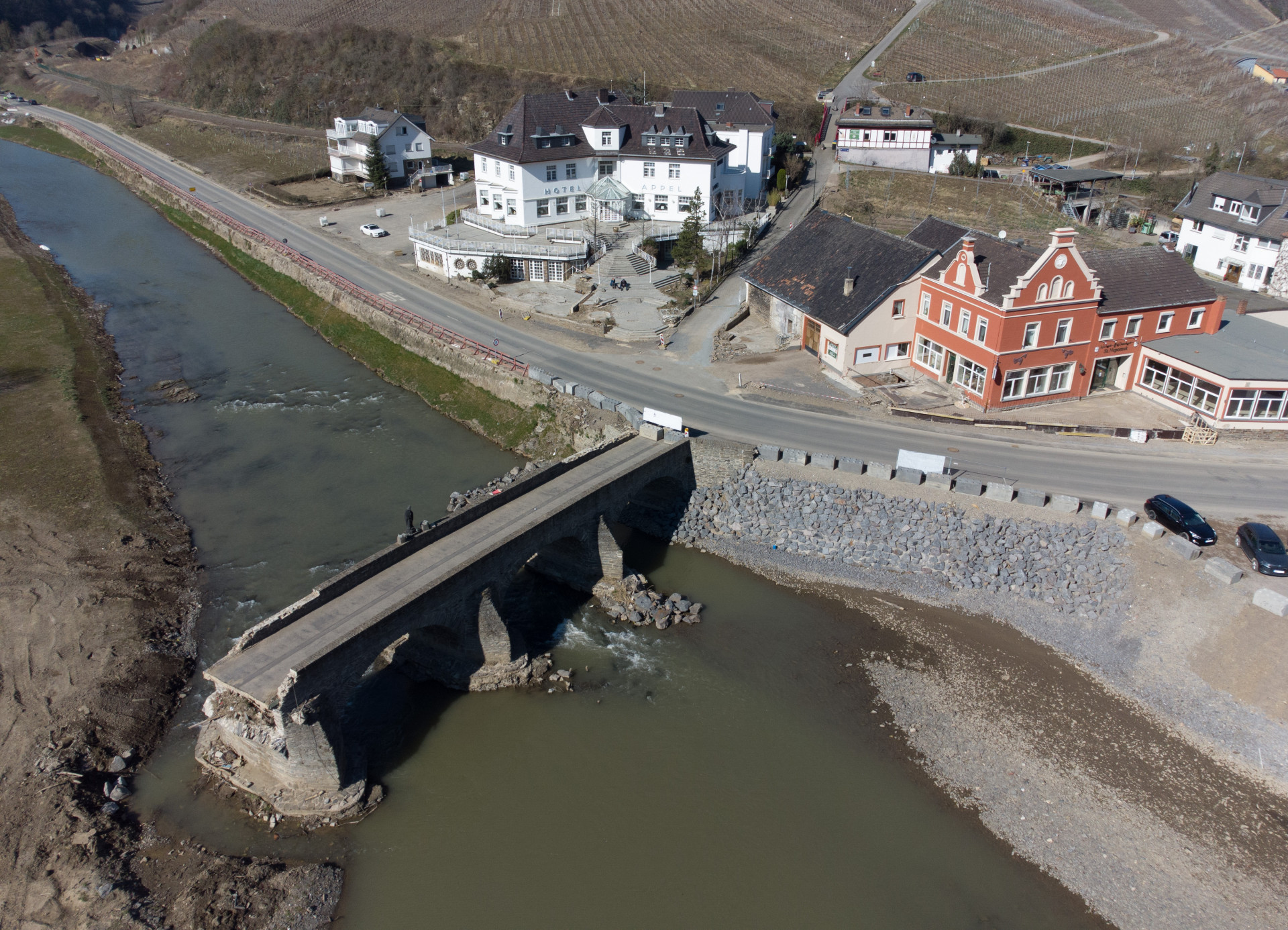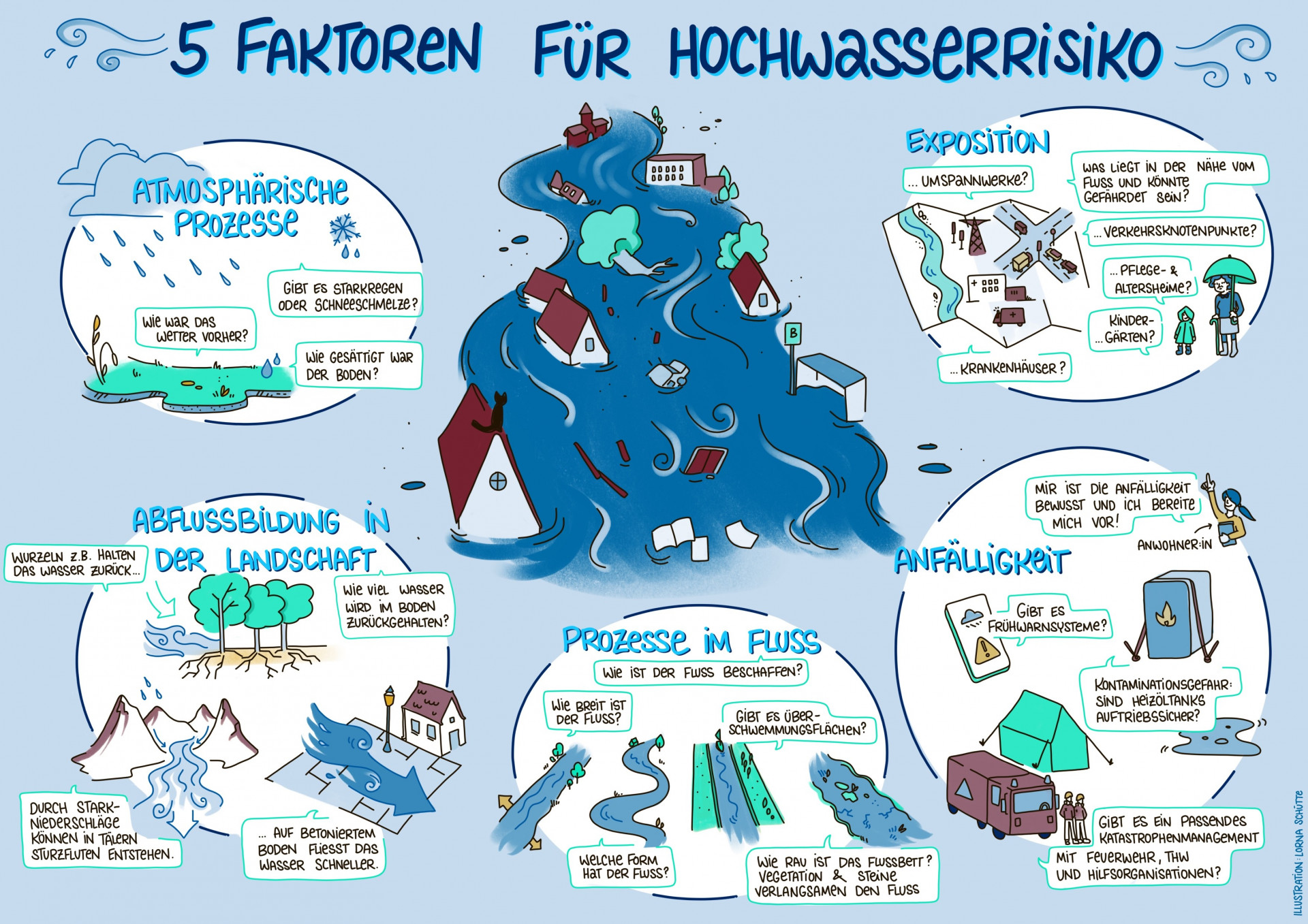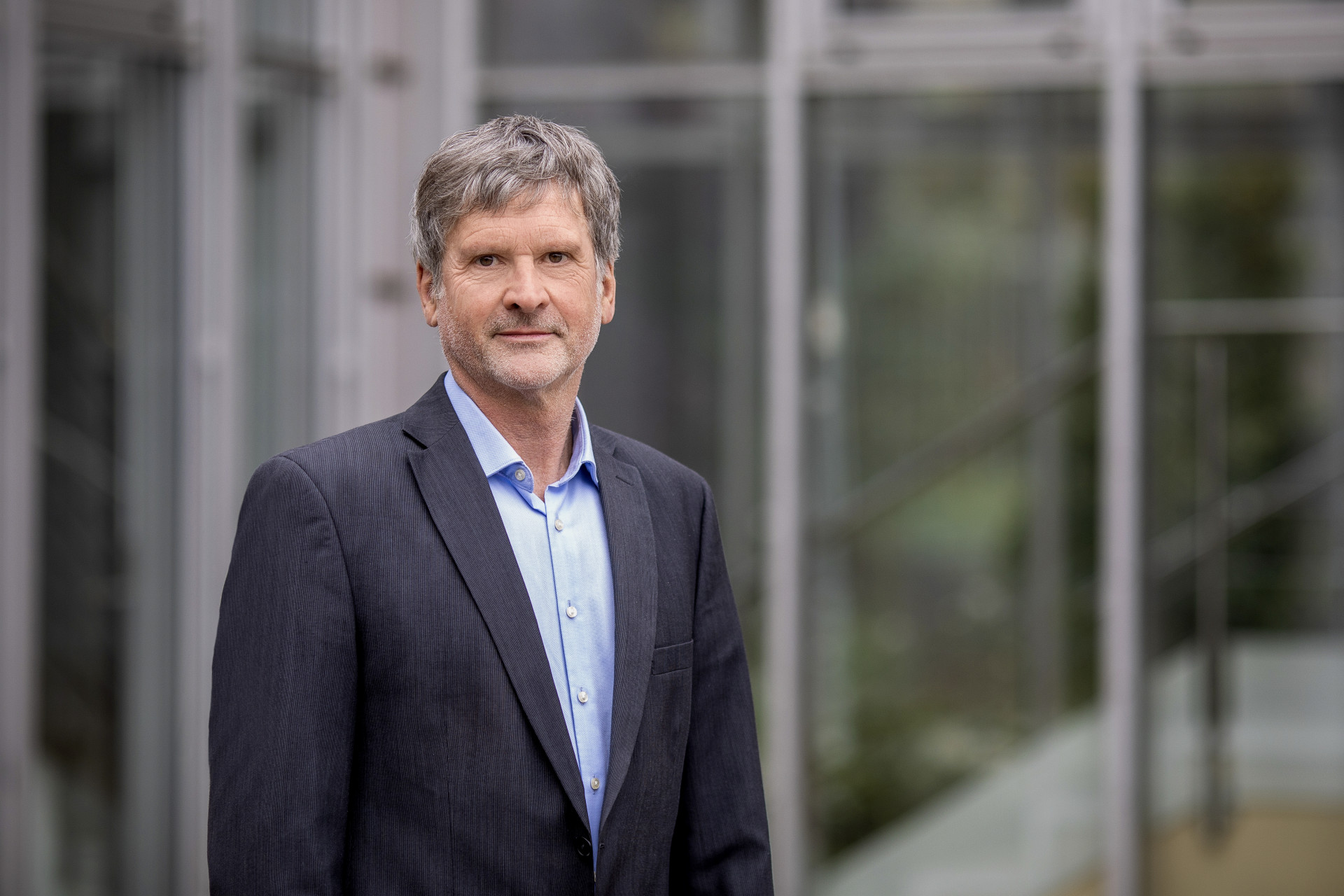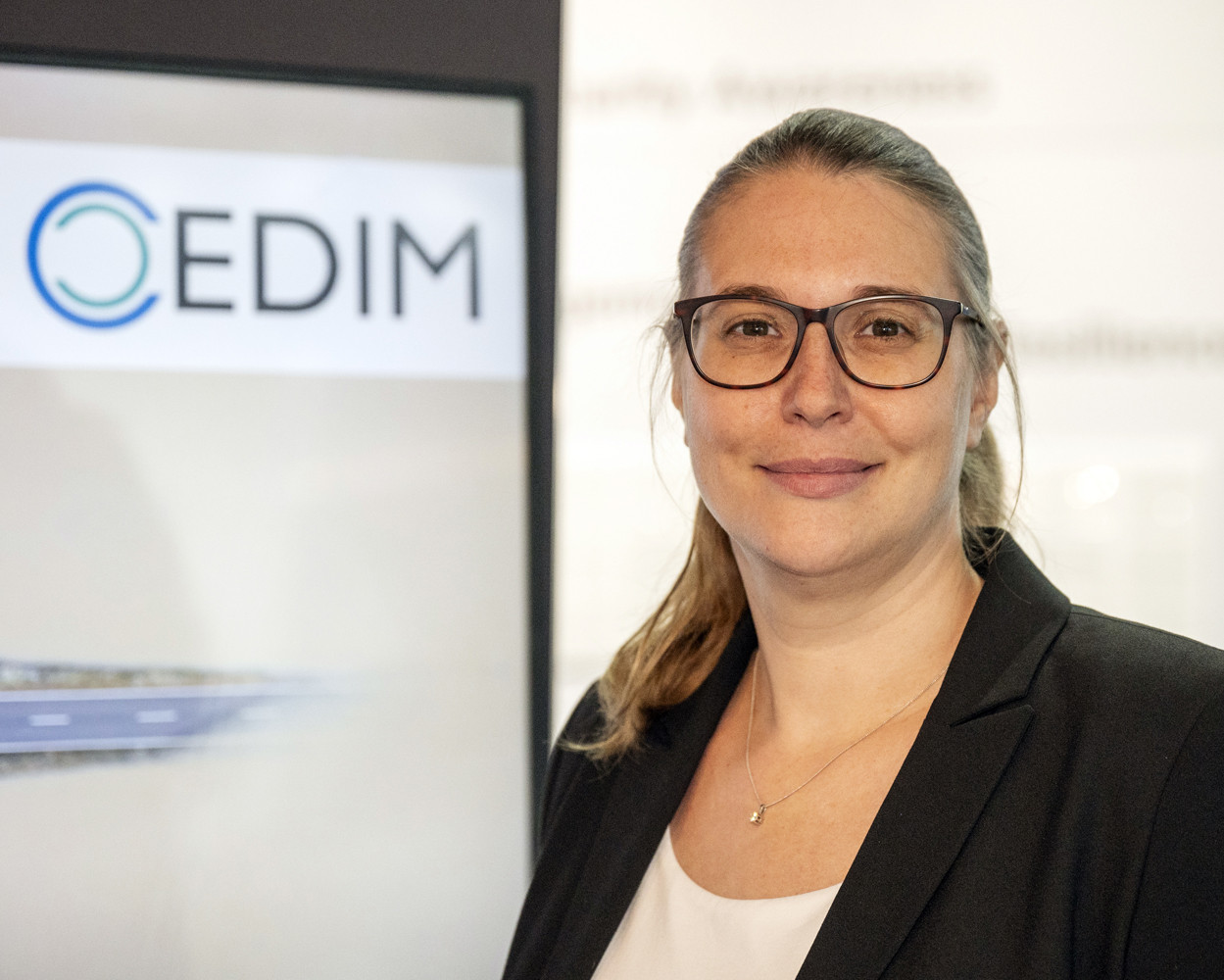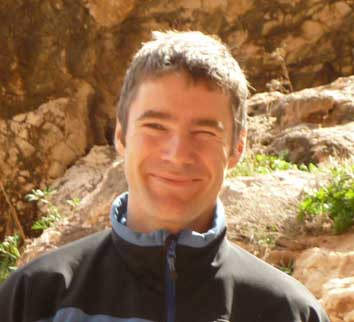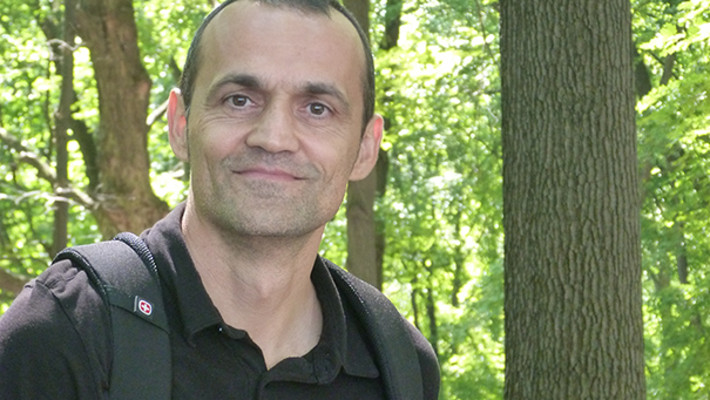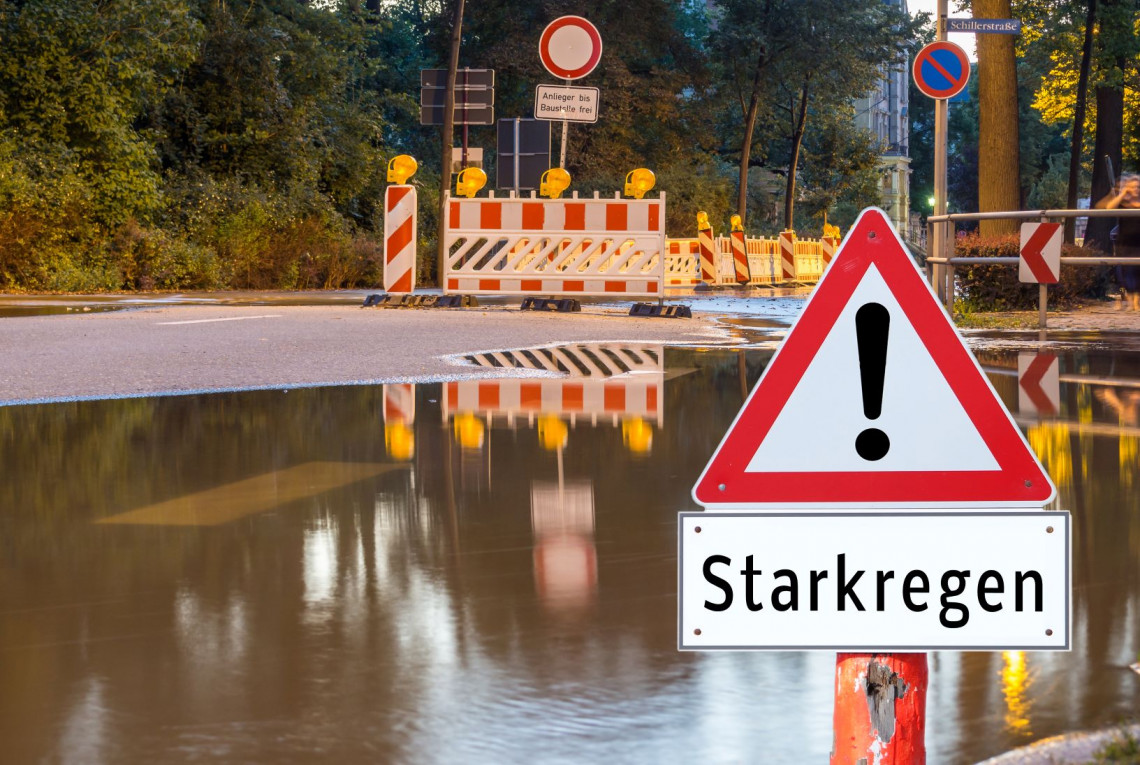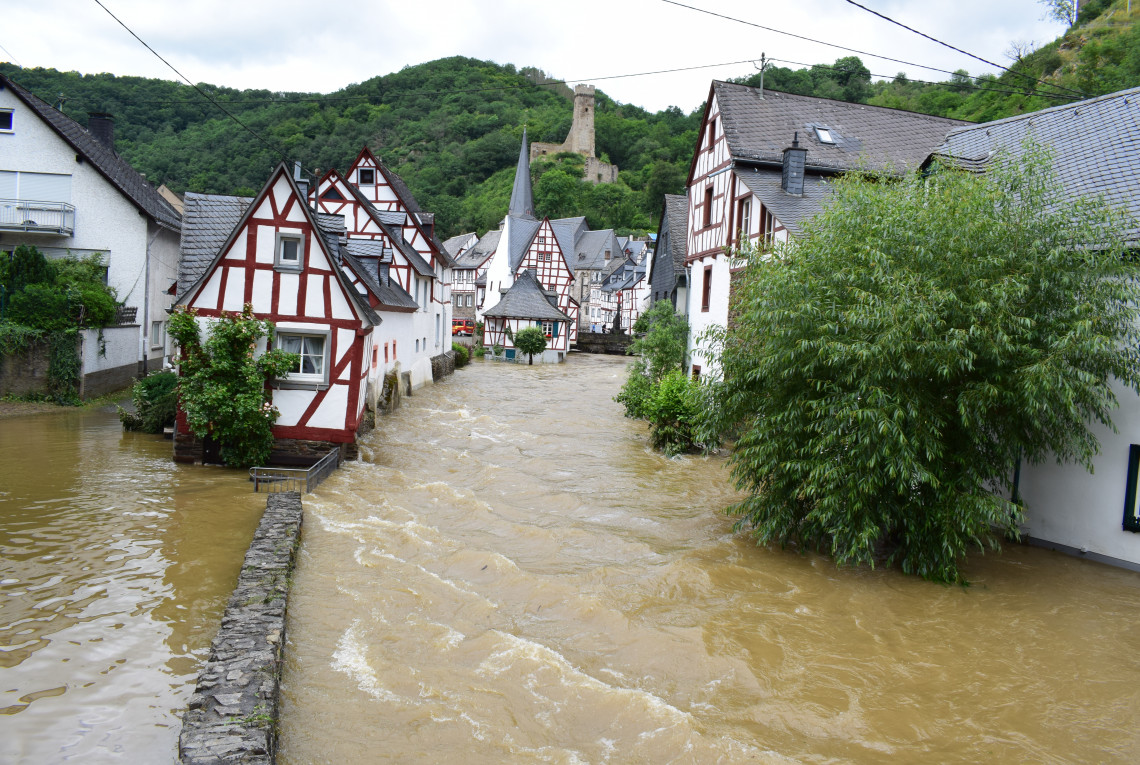One year after the flood
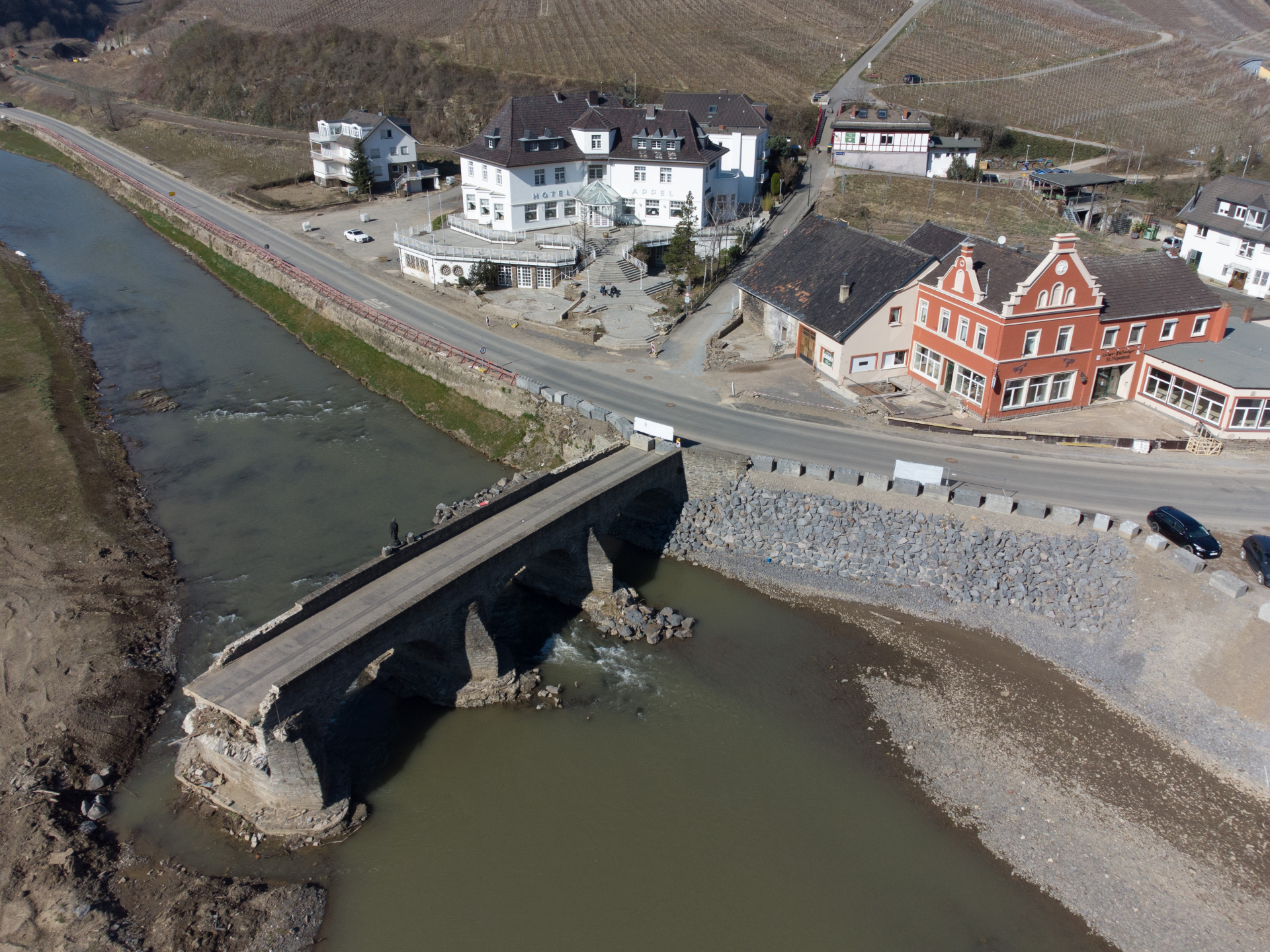

In the night of July 14-15, 2021, record flooding struck the Ahr valley, killing 134 people. One year later: What key measures have been implemented to handle flash flooding? In which areas has no progress, or only little progress, been made? Where do our adaptation strategies stand?


Making Climate-Resilient Cities
After devastating consequences in several German states following the heavy rains of July 2021, cities and municipalities across the country are searching for ways to better adapt to extreme weather events. A total of 22 scientists, working under the coordination of the Helmholtz Center for Environmental Research (UFZ) in Leipzig, defined five major principles in the immediate aftermath of the flooding. That was one year ago.
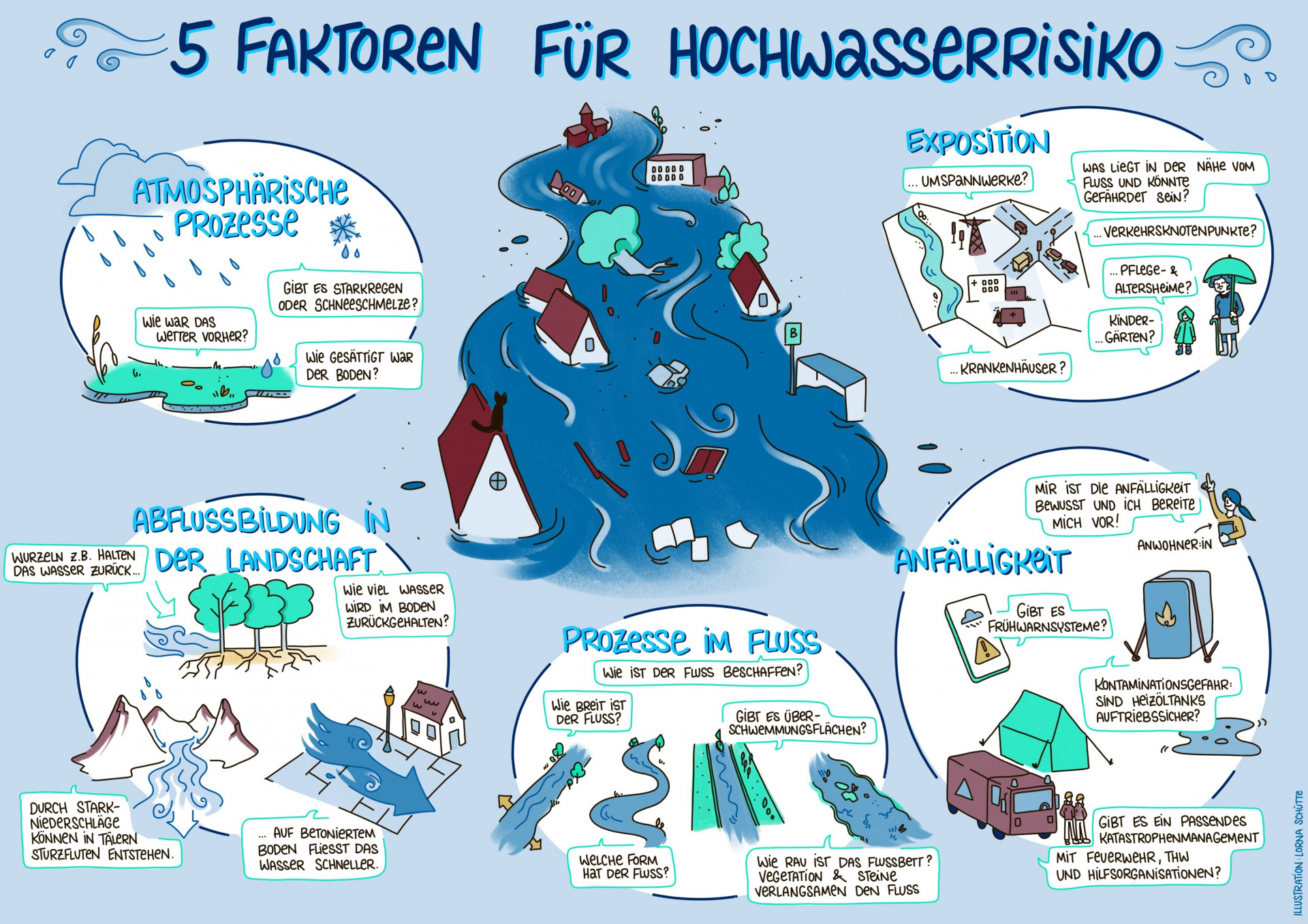
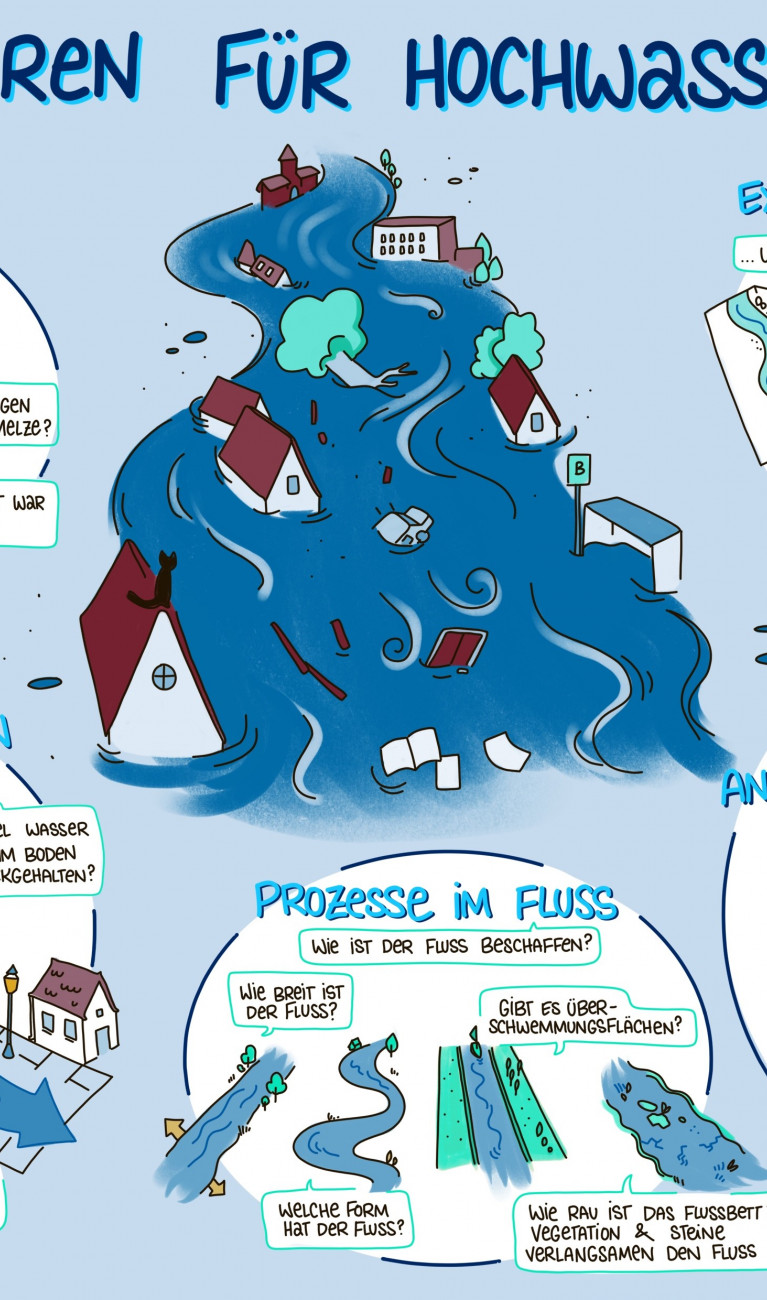
Five Flood Risk Factors
Atmospheric processes, the storm runoff characteristics of the land, river processes, exposure, and vulnerability all determine the risk of flooding – in the Ahr Valley and everywhere else. Bruno Merz and Lorna Schütte jointly created an infographic.
Statements from Science and Practice


“The catastrophe in the Ahr Valley demonstrated that we are much more vulnerable to heavy rains than we ever realized. It seems we have forgotten to take natural disasters seriously. Instead, we've spread out into at-risk areas. The existing standards for dimensioning, risk analysis, and warning systems do not work for smaller river basins. We must improve these standards.
I believe that the astounding loss of life, as well as the immense damages, which are still visible despite all the promises for rapid assistance, justify the undertaking of an impact analysis of all areas in Germany that could also potentially be impacted due to their location, topography, or substrate. This analysis should first illustrate what would happen if a similar event struck the low mountain ranges, for example in Saxony or Baden-Württemberg. This would allow us to understand which infrastructures are particularly at risk, and to develop the appropriate alarm and evacuation plans.
In general, I do not believe that we have made enough progress with our adaptation strategies, whether for extreme weather events or climate change. After all, in our over-regulated country, we must first gather the opinions of every state, every federal department, and every relevant organization, before coming to agreements in work groups and then making watered-down compromises. In fact, most of these are more concerned with taking all interests into account than actually solving the problems. We will not overcome the climate crisis like this. We need courageous solutions, and we must be prepared to accept that sometimes, things don't work out!
In order to prepare society better for the growing risks of flash flooding, the scientific community was tasked performing a serious, competent analysis of the causes of these events and creating a report. So far, we only have partial results. For example, the role of the European Flood Assessment Systems (EFAS) in issuing warnings to river basin areas smaller than 2000 km2, such as in the Ahr Valley, remains unclear. Did the EFAS really translate their excellent rainfall forecasts into adequate flood warnings? Why does each German state have its own hydrological model system? How good were their warnings? And were all these warnings consistent with each other? I believe that we need a whole new approach, a national or even Europe-wide warning and forecast system that operates on the basis of the best hydrological modeling systems. This system should be online 24/7 and directly connected to global weather models. This is very demanding in terms of science and information technology, but it is feasible in the foreseeable future and should not be passed off to some departmental authority or another without the necessary means to implement it. Otherwise, we will see the consequences by the next extreme event at the latest, and nobody will want to take responsibility!
Furthermore, the scientific community must investigate the extent to which these kinds of extreme events will increase as a result of climate change. After all, it stands to reason that increased average temperatures will also lead to greater volumes of water in the atmosphere; not to mention changes in local rainfall patterns, which alter precipitation dynamics. We need at least a tenfold improvement in the spatial and temporal resolutions of our global climate models in order to adequately represent the relevant physical processes that could lead to extreme weather events. There is still much to do, and we must do it now! We have just published a critical analysis on this subject, which includes a call for an international scientific initiative."
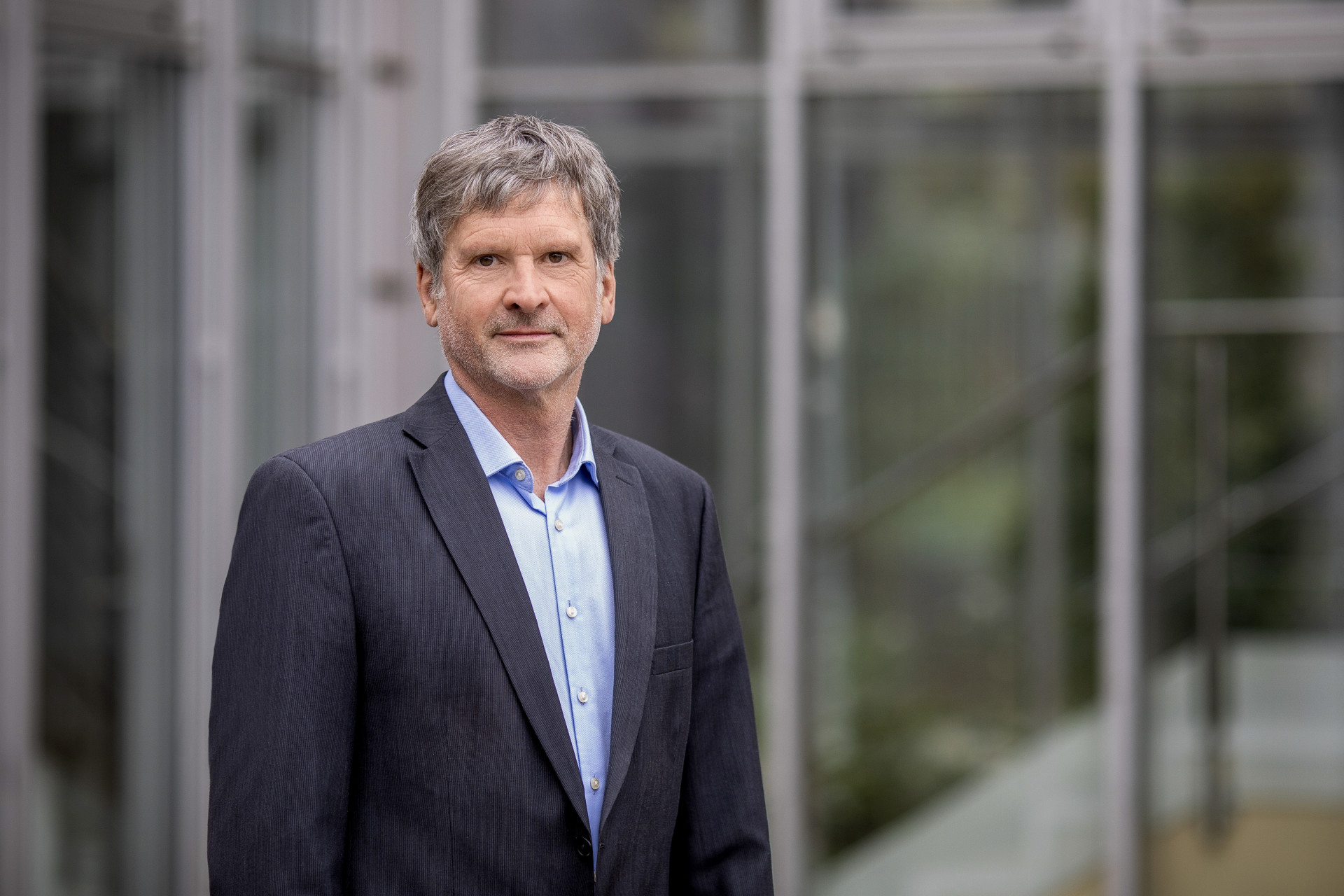

“The flash flood showed us that we must prepare for floods and heavy rainfall. The risks of these cannot be overcome with technical measures alone. We need broader discussions on the questions of land use and how to prepare for events such as those seen in the Ahr Valley. Moreover, we must take into account the various river basins when planning and implementing the resulting decisions. Water management authorities must develop and make available the appropriate design flows for identifying hazards, as well as improved warning systems. The latter must be done in synergy with both meteorology and disaster prevention. On the political level, we must learn more and think beyond the frameworks of departments and ministries.
As for design discharges and advance warnings, meteorologists and water management experts are working hard to develop the right adaptation strategy. The new KOSTRA values, which are heavy precipitation statistics used for designing water management facilities, are expected to be published in Fall 2022. Two new work groups in the DWA are currently working on “flood probabilities” and “expanded heavy rainfall maps.” These projects are intended to improve communications about the dangers that can ensue from heavy rain, among other things.
In order to better prepare society for the growing risk of flash flooding, the scientific community must improve in two key areas: in forecasting the flow of water following extreme precipitation, and in understanding the processes of extreme water flows. Urban and regional planning will also require new approaches in order to achieve sustainable development in valley regions."


“Coming to terms with the shortcomings surrounding the events in the Ahr Valley is a vast undertaking, both on the legal and scientific levels, as well as in terms of protecting the population. The many “Lessons Learned” papers and statements issued by the investigative committee make this clear, even if their findings are not new. In fact, much of these findings have been known for decades, and are now being updated with what we've learned from recent events. Many of the affected communities and regions are using the reconstruction process as a way to increase their own resilience to this type of extreme weather events. Examples include rebuilding destroyed town halls or community centers with a dual-use approach that includes emergency management facilities. It remains to be seen whether this will lead to comprehensive reinforcements for local emergency response and disaster control services. The events of July 21 made it very clear that there are major deficits in this area, and that the authorities urgently need to implement structural changes as well as a shift in mentality in order to be more resilient to crises and catastrophes.
So far, some of the most major shortcomings lie in our politics, which must move past blame games and making “pawn sacrifices” in order to address structural deficits in risk and crisis management, both on the municipal/district levels as well as in higher-order crisis management services. Politicians have not kept their promises of faster, non-bureaucratic help, leaving those who have been affected frustrated and abandoned – feeling increasingly distanced from government structures and losing trust in politics.”


“One year after the catastrophe, I see an open discussion about its causes and effects, as well as the need for long-term changes to improve prevention, identification, and response for similar weather events.
However, there are still too many gaps in nearly every major area, even though the problems have been known to us for years.
The vfdb expert committee (of the association for promoting fire protection) published an initial analysis including a very incisive list of 15 Big Points last Autumn. The DFV (German Fire Brigade Association) supported these theses with an identical publication. Among other things, these publications emphasized the importance of volunteer work, better equipment for fire brigade management staff, improved communications technology, and stronger support for pertinent research. Other analyses are still ongoing and will be published in a comprehensive Green Paper.
The 2021 Heavy Rain expert committee proposed a process of reappraisals with the goal of long-term improvements, which will put us on track towards adapting to extreme weather events. The goal must be to improve our ability to forecast and monitor similar events in the future, so that we can issue warnings faster, more efficiently, and more effectively, as well as better identify and control potential dangers. With each event – and we know there will be more – we will improve.
I also hope that scientists will strengthen networks of existing forecasting systems. They should be spread out more broadly and conducted more robustly, while urgency as well as social and societal factors must be taken into account better than before. To this end, the focus must be on accurate and comprehensible education about practical precautions and individual safety measures.
Our researchers also have much more work to do to address questions of better knowledge transfer in order to better train and educate our emergency services and our leaders, down to the technical details necessary for achieving better, faster, and safer emergency response systems."


“Unfortunately, nearly no progress has been made with regard to flash flooding. In contrast, the conditions for the next flash flood are already widespread: all along the Ahr River as well as certain tributaries. This is especially the case in the Sahrbach Valley, which is undergoing massive bulldozing and excavation: once again narrowing the waterway and piling up large areas with earth and building debris. The next minor flood will send these piles into the homes of those living downstream. The responsible authorities have failed to put a stop to these activities past the initial clean-up phase, wasting resources estimated in the double-digit millions of euros. This money could have been used for implementing sensible measures. Oftentimes, “flood prevention” is limited to bringing in massive amounts of foreign materials, such as blocks of basalt. In many areas, these questionable measures even include destroying healthy trees that survived the flooding. Meanwhile, wood and construction materials, silage bales, etc. continue to be stored near water.
No new approaches have yet been taken in agriculture or forestry, either. We continue to plant corn, plow up grasslands, and deforest trees in areas right by the water, while filling up potential water-retention areas. This reflects a failure to understand rivers and tributaries as quasi-living organisms, which we must accept and allow room for. It is the scientific community's responsibility to communicate these relationships and to point out that all land use in the Ahr river basin can contribute to flooding, even if it takes place far away from the river itself. There must be programs for unsealing the land.”


“First, we must understand that flash floods can happen practically anywhere and can therefore affect anyone – they do not only occur near rivers, they can happen even far away from any waterways. In general, the consequences of extreme hydro-meteorological events also depend heavily on how the authorities and the general population respond to emergency forecasts – whether they take the appropriate measures, whether they understand the dangers and risks they face. Currently, Germany's hydrological forecasting services do not provide any information about the consequences of imminent weather events. They only report on runoff and water levels. In order to best prepare for future extreme events, accurate forecasts must go beyond the physical characteristics of the events. They must also include the social implications and the expected impacts on built and natural environments. Impact-based forecasting, which includes hazard, exposure, vulnerability, and social aspects, has a great potential for minimizing damage and significantly increasing our resilience – meaning our ability to overcome disasters.”


“Major catastrophes such as the July 2021 floods happen very rarely, because the relevant meteorological, hydrological, and geomorphological processes and mechanisms, all of which take place on different spatial and temporal scales, must ‘optimally’ coincide. These rare events, however, cause the most economic damage and, sadly, often cause the most loss of life. We need targeted research about the synergy between these different interconnected processes in order to better prepare for the future.
Furthermore, current hazard maps should also include historical data, in order to better understand the flood risk and make more realistic assessments. In the case of the Ahr, we know that there were events in 1804 and 1910 that were comparable to the 2021 floods. Currently, however, the measurements used for flood protection (e.g., 100-year floods) often only include data from continuous statistical records – meaning only data from the last 50 to 70 years. In addition, when creating these risk maps, we must take into account that infrastructure, land use, and flood protection measures can change significantly over time, with direct impacts on peak water levels and therefore the risk of flooding. This normally takes place over time periods shorter than the return periods that are being taken into consideration."
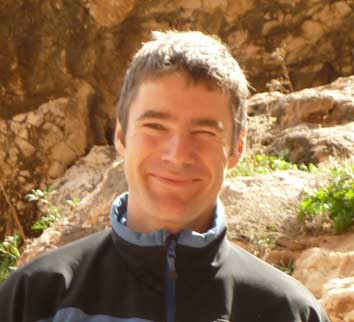

“The July floods caused enormous destruction and damage to buildings and the civil infrastructure. The greatest catastrophe, however, was the amount of people who lost their lives in the flooding. This should not have happened and, unlike the rest of the damage, it could have been prevented. The key to this prevention lies in catastrophe management and early warning systems. In addition to improving the organization and dissemination of these warnings, better flooding forecasts are key for improving our early warning systems. The scientific community can provide the necessary methods and tools for expanding the existing forecast system to include impact forecasts. This means adding information about expected flood zones and water flow speeds in those areas to these forecasts, which currently predict water levels at gauges. These simulations would make it possible to pinpoint at-risk areas where further hazards may include the risk of potential fatalities or of vehicles being washed away, for example, as well as allowing for estimates of building damage. Emergency response services could rely on these up-to-date forecasts to know which streets might become unusable, or which critical infrastructure is at risk. With these impact forecasts, early warnings and disaster prevention efforts could be based upon significantly more detailed and geographically targeted predictions. This would hopefully reduce the death toll caused by flooding in similar disasters.”


“The July 2021 flooding in West Germany was another dramatic example of the destructive power of flash floods, as well as their ability to take us by surprise. The surprise could be significantly lessened, however, if we took into account comprehensive, historical flood data – from before the use of instrumental measurements – when making statistical evaluations, assessing flood water prevention systems, and mapping flood risk areas. Current simulation methods allow us to “bring in” historical flood-water levels at certain points. This means we have the ability to create reliable flood maps that include these uncertainties, which should reduce future surprises, especially as climate change alters flood patterns. These changes will go into effect in the hard-hit Ahr Valley, for example, but they should also be systematically implemented throughout Germany."


“The flooding in the Eifel sadly demonstrated that we must not consider these events as being limited to the main valleys. In addition to a focus on hydrology, we must pay special attention the landscape as a whole. Extreme rainfall and surging water levels weren't the only causes of the immense damage last July. The profound changes that development has wrought on the landscape contributed to the unpredictable, massive, and destructive aspects of the flooding, especially in the tributaries. Forest paths that can collect and divert slope-water, drainage systems that carried water to the rivers much more quickly, and culverts that were blocked by floating refuse, allowing water to dam up before it overflowed and surged out, are just three examples of ways in which inappropriate land use far away from the main valleys contributed to the flash flood. In the main valleys themselves, eroded sediments, uprooted trees, and cars or debris from homes that had been washed away by the floods all greatly increased the potential damaged caused by the surging water. After evaluating these previously little-studied effects, we now have the research necessary to address weaknesses in existing measurement and warning systems, as well as to develop methods to integrate these effects when planning landscape changes and creating flood models. This is the only way to reduce potential damage in future events.”


"The events of Summer 2021 in Rheinland-Pfalz and Nordrhein-Westfalen were a very unfortunate reminder of the importance of preparing ourselves better for the consequences of climate change, and to adapt better to extreme weather.
In addition to improving early warning systems and alarm systems, we must put the resilience of critical infrastructure and flood prevention systems to the test.
First, this means testing our critical infrastructure for floods of unprecedented severity. In the case of vulnerabilities, supply lines and sewage treatment plants must be protected better from high water and flash floods. The most important thing to do, however, is to give rivers and streams more room in order to create greater water retention areas.
Second, we must use what we have learned from the floods to protect houses better from potential flooding in at-risk areas and question whether certain areas should be developed at all.
Finally, we must pay more attention to the areas in which floods form. This is especially the case for vulnerable zones such as narrow valleys. These regions require an optimal combination of natural and technological protection measures. This includes forest and agricultural measures such as barrier forests, as well as building embankments and retention basins. Waterways must be regularly monitored to ensure that their banks and side vegetation remain secure and that no excess refuse has piled up in the riverbed. The accumulation of floating refuse significantly contributed to obstructing, if not completely blocking off, a number of bridges along the Ahr, allowing the floods to rise even higher as well as destroying many bridges.
In summary: We must learn to once again build with Nature, rather than against it. When confronting the difficulties and conflicts of interest that may arise, it is crucial that we effectively integrate the various community stakeholders in these discussions. This is the only way to identify and begin confronting risks."


“My reports for Rheinland-Pfalz and Nordrhein-Westfalen have been available since the start of this year. They indicate a comprehensive need for action in several areas. It will take several years and plenty of money to gradually implement these changes.
Although I am confident that these recommendations will be accepted, I still see a certain amount of paralysis. In many areas, I fear that the issue of flooding will be forgotten.
Overall, I worry about our strategies for adapting to these kinds of extreme weather events. As long as we continue to pave over more and more land, for example, and as long as buildings and infrastructure are rebuilt in much the same way as they were before July 15, 2021, similar storms will continue to result in this level of damage. This is a risk that affects nearly 40% of Germany's surface area.
In my view, we must especially take action in the following areas in order to better prepare for the risk of flash flooding:
- Model calculations for the runoff of heavy rainfall over Germany's entire surface area Every individual understanding the environment in which they live or work
- Methods for improving the resilience of the government, business sector, and general population
- Methods for systematically warning and informing the government, business sector, and general populations Identifying and counteracting misinformation and disinformation
- Personal engagement of staff and emergency services to improve the effectiveness of their interventions
- The government's endurance and the ability to take action for initiatives that span of several weeks/months
- Methods for systematically onboarding volunteers
- Minimizing the sociological and psychological effects of accidents and catastrophes”
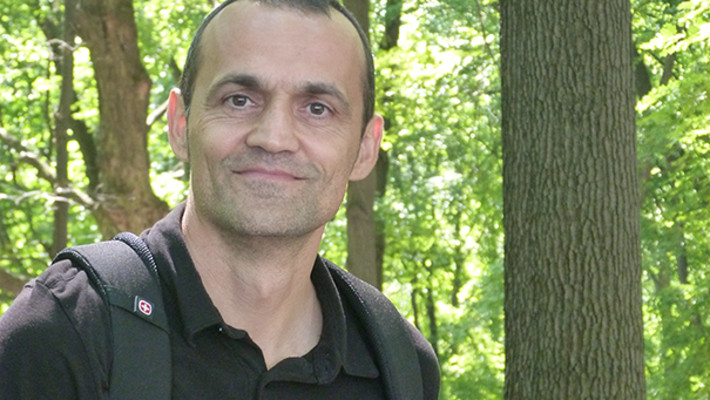
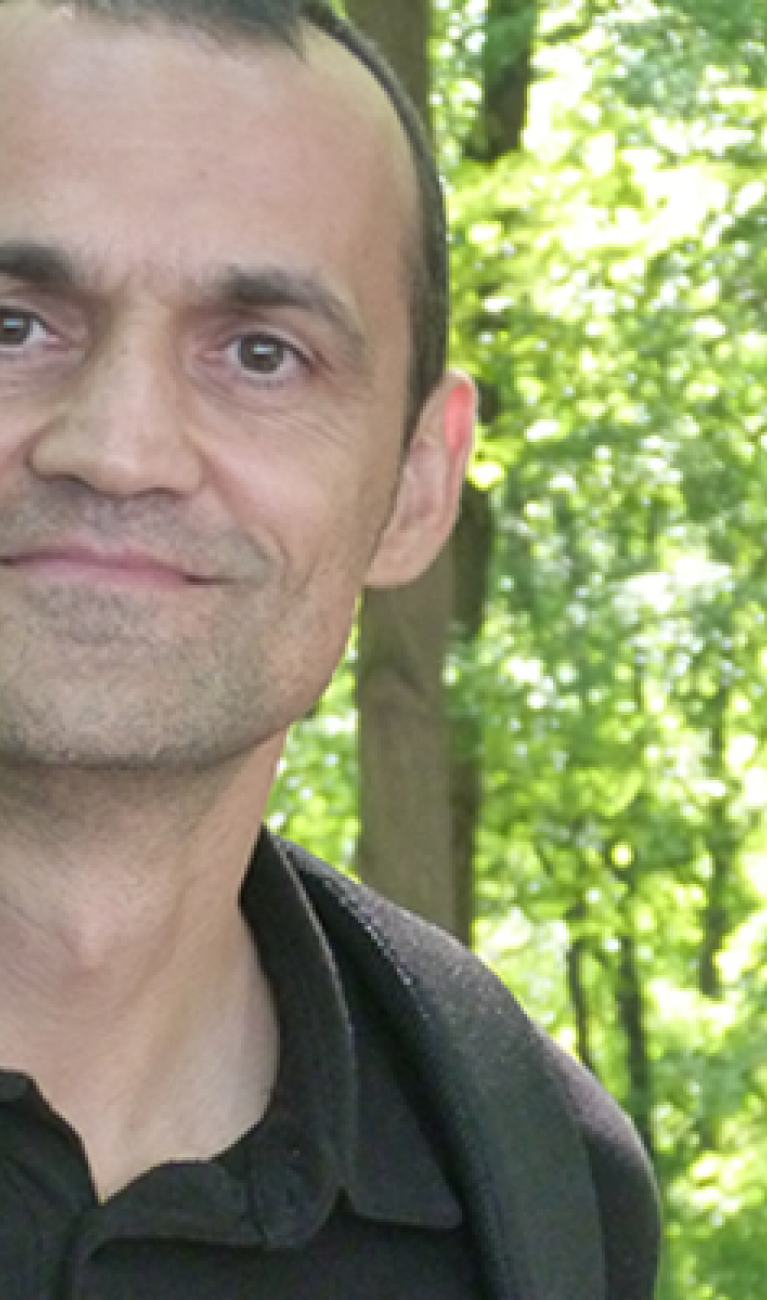
“Extreme events become catastrophes when residents, decision-makers, and emergency management services are taken by surprise and are not properly prepared for these situations. Risk analyses are often limited to certain scenarios and do not include events with return periods of 100 to 200 years or longer. In order to be better prepared for surprises, worst-case scenarios must also be tested and the failures of structural and organizational protection measures must be analyzed. What would happen if dams or containment basins rupture, or warning chains don't work? Existing analyses should be expanded, as they are mostly limited to flood areas and water levels for certain scenarios. For example, they should also include damage caused by the debris and driftwood carried on the water, the flooding of bridges and buildings, and mudslides. It is also important to clarify in advance where and under which conditions fatal situations can arise.”


Das Hochwasserereignis in der Eifel im Jahr 2021 war ein Ereignis weit jenseits unserer Hochwasserschutzziele. Damit wurde uns sehr deutlich die Verwundbarkeit unserer Gesellschaft bei Extremereignissen vor Augen geführt. Es wurde geholfen, Daten erhoben, Fakten gesichtet, Lehren gezogen und teilweise der Wiederaufbau sofort eingeleitet. Nach einem Jahr sind aber große Fortschritte im Umgang mit extremen Sturzfluten noch nicht sichtbar, dafür ist die Zeit einfach viel zu kurz gewesen.
Es fehlt noch die konkrete Umsetzung der Lehren, die wir aus dem Hochwasserereignis 2021 gezogen haben. Derzeit findet der Wiederaufbau statt. Dies ist folgerichtig, denn die betroffenen Personen benötigen wieder dauerhafte Wohnungen. Ob es dagegen richtig ist, auch stark beschädigte und auch weiterhin stark gefährdete Gebäude in Überschwemmungsgebieten an Ort und Stelle wiederaufzubauen, da habe ich persönlich meine Zweifel. Das nächste Katastrophenhochwasser kommt bestimmt! Hier sollten vor allem Politik und Versicherungen bei sehr stark beschädigten Gebäuden Anreize setzen, um einen Wiederaufbau auch an anderer hochwassersicherer Stelle zuzulassen.
Insgesamt nehmen wir Extremereignisse (nicht nur Hochwasser!) nicht ernst genug. Extremereignisse können jederzeit und überall auftreten. Daher müssen wir insbesondere den Bereich der Klimaanpassung stärker vorantreiben und uns auf mögliche Extremereignisse vorbereiten und unser Verhalten im Katastrophenfall üben. Dies bedeutet im Bereich des Hochwasserschutzes, funktionierende Frühwarnsysteme, zusätzliche technische und natürliche Hochwasserrückhalteräume, Raum für den Fluss, Objektschutz und Eigenvorsorge. Dies erfordert langfristige Konzepte im Bereich der Raum- und Städteplanung und einen Rückbau von Nutzungen in Überschwemmungsgebieten. Ein Weiter so kann und darf es nicht geben!
Hierzu möchte ich zwei Themen ansprechen. Die größte Katastrophe des Hochwasserereignisses 2021 waren die vielen Todesopfer. Wir brauchen funktionierende Frühwarnsysteme, die die Leute auch wirklich erreichen. Das reicht aber noch nicht, die Warnungen müssen auch in Handlungen umgesetzt und trainiert werden. Hier haben wir großen Nachholbedarf.
Das zweite Thema behandelt den Wiederaufbau. Wie schaffen wir es, unter dem Motto „Building back better“ resiliente Infrastrukturen und Gebäude in den vom Hochwasser betroffenen Regionen zu errichten? Der Wiederaufbau sollte zukunftsgerichtet sein und neue Anforderungen an Wohnen, Arbeiten, Verkehr, Klima und andere Themen von Beginn an integrieren. Auch hier kann die Wissenschaft einen wichtigen Beitrag leisten. An dieser Stelle setzt insbesondere das BMBF-KAHR-Projekt an (https://www.hochwasser-kahr.de/).
More Information
BMBF-sponsored projects (selection)
- KAHR: Scientific monitoring of the reconstruction process after the catastrophic flooding in Rheinland-Pfalz and
- Nordrhein-Westfalen – Climate Adaptation, Flooding, and Resilience
- HoWas2021: Governance and Communications during the July 2021 Flood Crisis
- HoWa-innovativ: Early flood warnings for small catchment areas with innovative rainfall measurement methods
BMBF Subsidy Programs (selection)
- Climate Resilience through Municipal and Regional Action
- RegIKlim - Regional Climate Action Information
Publications (selection)
- CEDIM: Ahr Valley Damage Report
- Helmholtz Flood Research: Every individual needs risk competence
- ESKP Research Topic: Flooding in Germany
- REKLIM: Floods – How communities can prepare for emergencies
- GERICS-Climate outlooks for districts
- DKKV: Heavy rain and its consequences
- German Environment Agency (UBA) paper "Increasing climate resilience – building blocks for strategic climate risk prevention"
- 2020 Public Safety GREEN BOOK: Recommendations for Climate Change and Extreme Weather
- BBK Publication "Classification of extreme meteorological events for heavy rain risk prevention to ensure public safety and city development (KlamEx)"
Investigating Committees (Selection)
- The German Parliament's Investigative Committee V (Catastrophic Flooding) in NRW
- The German Parliament's Investigative Committee for the Catastrophic Floods in Rheinland-Pfalz
Networks (Selection)
- DKK Heavy Rain Initiative
- DKKV: German Committee for Disaster Preparedness e.V. Flood Distribution/Collection of Surveys and Publications
- German Fire Protection Association e.V. (vfdb) with expert committee “Learning from the Catastrophic Heavy Rain”
- HochwasserKompetenzCentrum (Flood Competence Center) e.V. (HKC) Cologne
